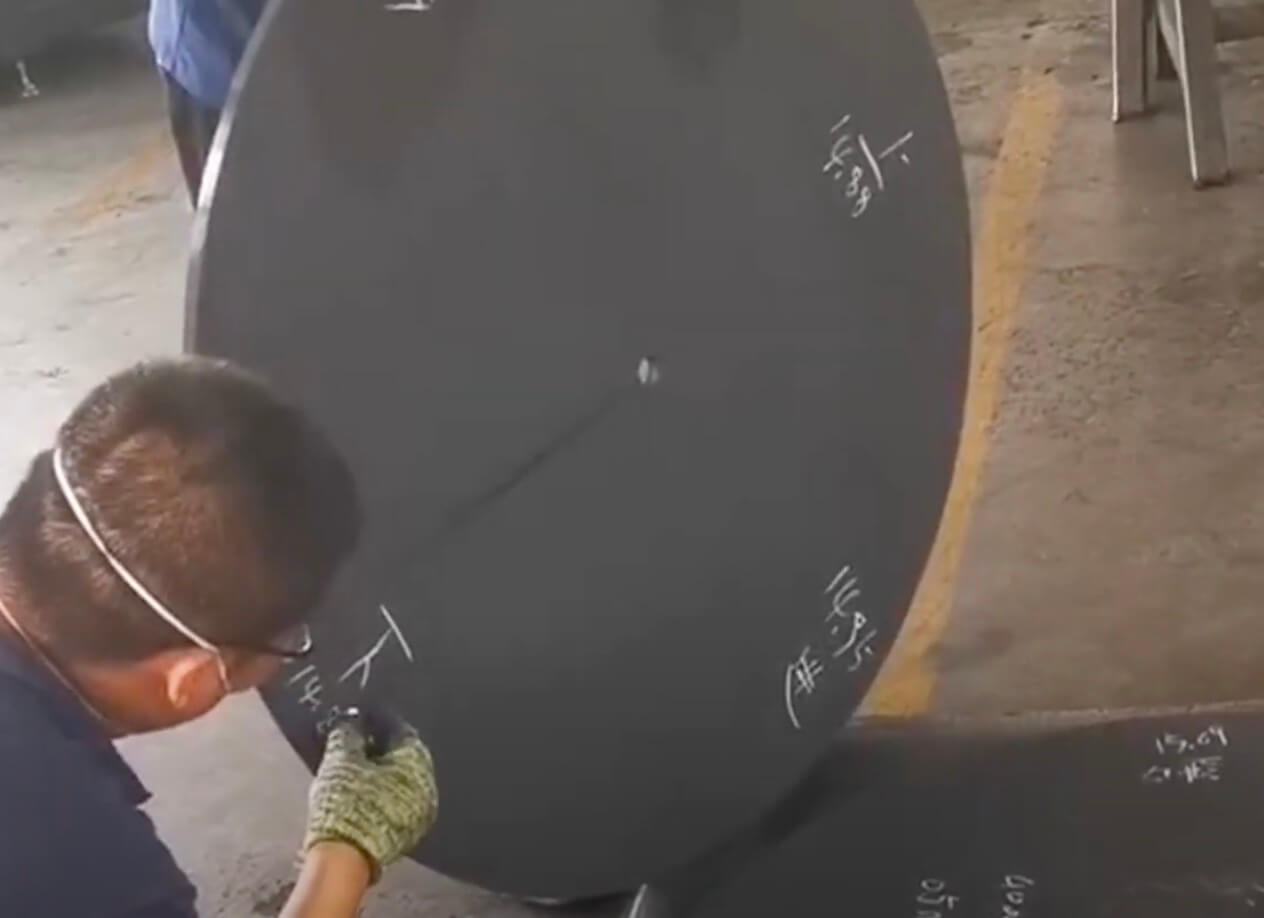The loop diamond wire saw represents a significant advancement in the field of precision cutting, particularly in the realm of graphite machining. Graphite, known for its unique properties and widespread industrial applications, presents distinct challenges in cutting and shaping. This article, from an engineer’s perspective, explores the intricate relationship between loop diamond wire saw technology and graphite cutting machinery, highlighting how these innovations revolutionize the handling of this vital material.

Graphite is a form of crystall
ine carbon known for its excellent thermal conductivity, electrical conductivity, and resistance to thermal shock. Its versatility makes it a critical material in various industries, including electronics, metallurgy, and manufacturing of heat-resistant and chemical-resistant products. The demand for precise and efficient graphite cutting has never been higher, given its growing use in advanced applications such as lithium-ion batteries and nuclear reactors.

However, cutting graphite presents unique challenges. Graphite is abrasive and can cause significant wear on cutting tools. Its brittle nature also requires precise handling to avoid chipping or cracking during the cutting process. These challenges underscore the need for specialized graphite cutting machinery capable of handling the material’s distinct properties.
The loop diamond wire saw is an advanced tool designed for precision cutting of various materials, including graphite. It consists of a continuous loop of wire embedded with diamond particles – the hardest material known – which allows it to cut through graphite efficiently and with high precision.
One of the key advantages of using a loop diamond wire saw for graphite cutting is its ability to produce minimal waste. This is particularly important given the cost and strategic importance of graphite. The saw’s precision also means that it can produce complex shapes and sizes, which is crucial for specialized applications.

Graphite cutting machinery has evolved to meet the demands of modern industry. One of the critical integrations in this evolution is the use of loop diamond wire saws. These saws are part of a more extensive system designed specifically for graphite cutting, incorporating technologies such as Electrical Discharge Machining (EDM).
The integration of EDM technology is a game-changer in graphite machining. EDM allows for non-contact cutting, which is ideal for handling brittle materials like graphite. The precision of EDM, combined with the abrasive power of diamond wire saws, results in a system that can handle the most challenging graphite cutting tasks with ease.
In addition, these systems often include advanced controls and programming capabilities, allowing for automated and highly accurate cutting processes. This level of control is essential.
The field of graphite cutting machinery has seen substantial technological advancements, particularly with the integration of loop diamond wire saws. One significant innovation is the development of more refined diamond wire technologies, allowing for even finer and more precise cuts in graphite. These advancements have reduced the occurrence of material waste and enhanced the overall quality of the cut.
Another area of innovation is in the realm of automation and control systems. Modern graphite cutting machinery now often includes advanced sensors and AI algorithms that can adapt cutting parameters in real-time based on material feedback. This adaptability ensures optimal cutting conditions are maintained, significantly reducing the risk of errors or material damage.
Moreover, the push towards sustainability has led to the development of more energy-efficient machinery. Modern loop diamond wire saws are designed to consume less power and have a smaller environmental footprint, aligning with the growing emphasis on sustainable industrial practices.

One notable application of these advanced graphite cutting systems is in the production of graphite electrodes, used in electric arc furnaces for steel production. The precision of loop diamond wire saws ensures that these electrodes are cut to exact dimensions, a critical factor in maintaining the efficiency of the furnaces.
Another application is in the aerospace industry, where graphite is used in the production of heat shields and structural components. The ability to cut complex shapes with high precision is essential in this sector, where the performance and reliability of components are paramount.
These case studies demonstrate the versatility and effectiveness of loop diamond wire saws in various industrial contexts, underlining their importance in modern manufacturing processes.
The future of graphite cutting machinery, particularly those integrating loop diamond wire saws, looks promising. Continued advancements in diamond wire technology, EDM, and automation are expected to further enhance the precision, efficiency, and sustainability of these systems. As the demand for high-quality graphite products increases across various industries, these cutting systems will play an increasingly vital role.
In conclusion, the integration of loop diamond wire saws in graphite cutting machinery represents a significant leap forward in material processing technology. Their precision, efficiency, and adaptability make them an indispensable tool in the modern industrial landscape.



